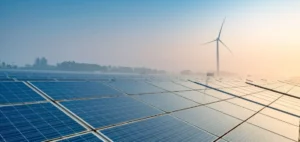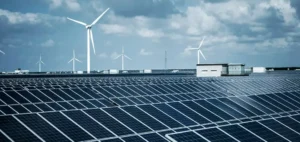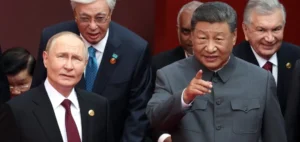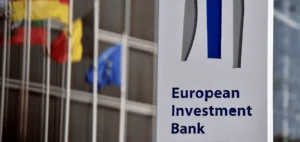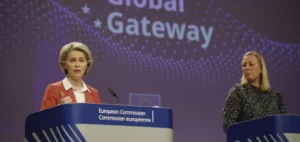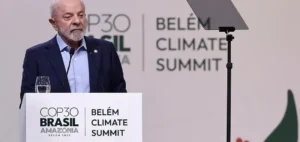The commercial agreement between the European Union and the United States foresees European energy purchases on an unprecedented scale. The $750bn commitment over three years represents more than triple the EU’s current energy imports from the United States. This sum would amount to nearly 80% of total American global energy exports, which stood at $318bn in 2024. Energy sector analysts are questioning the ability of both parties to meet these ambitious targets in the current market environment.
Major supply constraints
The United States would have to massively redirect its export flows to meet European demand. Currently the leading supplier of liquefied natural gas (LNG) to Europe with 44% of needs, and accounting for 15.4% of European oil, the United States faces a complex equation. American LNG production would need to expand well beyond planned capacities through 2030 to meet these commitments. At the same time, other trading partners such as Japan and South Korea have also signed agreements to increase their imports of American energy, creating international competition for limited resources.
The European market presents its own structural challenges. The continent’s oil demand peaked several years ago and continues to decline amid the energy transition. The European refining sector is undergoing a significant contraction, with around 900,000 barrels per day of refining capacity expected to close in 2025. This reduction mechanically limits the capacity to absorb additional crude oil. In addition, European refineries, historically configured to process medium and heavy grades, face technical difficulties with American West Texas Intermediate (WTI) Midland light crude, which yields more petrol and less diesel and kerosene.
Lack of binding mechanisms
The European institutional framework does not allow for the imposition of energy purchases on private actors. Imports of oil and gas are mainly carried out by private companies that make purchasing decisions according to commercial criteria. The European Commission can facilitate negotiations and aggregate demand to obtain better terms, but it has no coercive power over purchasing decisions. This structural reality significantly limits the EU’s ability to guarantee fulfilment of its purchasing commitments.
European officials acknowledge these constraints while maintaining that the targets remain achievable through massive investment. These investments would concern American export infrastructure, European import capacities, and maritime transport. However, the scale of the necessary changes raises questions about feasibility within the set deadlines. Sector analysts estimate that a $50bn increase in US LNG imports would already be an ambitious but more realistic target.
A broader trade context
The energy commitment is part of a wider trade agreement that also includes 15% tariffs on most European exports to the United States, up from 4.8% prior to the current administration. The agreement also provides for $600bn in European investments in the United States over the period. Sectoral negotiations are ongoing to define possible exemptions and specific conditions for industries such as steel, pharmaceuticals, and wines and spirits.
The stated goal of replacing Russian energy imports adds a geopolitical dimension to these economic commitments. The EU imported around 94mn barrels of Russian oil and 52bn cubic metres of Russian gas in 2024. Full substitution of these volumes by American sources would require a major reconfiguration of global energy flows. This transformation could also put upward pressure on energy prices, creating political and economic challenges for leaders on both sides of the Atlantic.



